The landscape of education is undergoing a significant transformation, with technology at the forefront of this change. From online learning platforms to virtual reality classrooms, education technology (EdTech) is revolutionizing the way students learn and educators teach. In Australia, the integration of EdTech is not just a trend but a strategic move towards creating a more engaging, accessible, and efficient educational system.
As we look ahead, Education Technology in Australia is set to play a crucial role in shaping the future of learning, making education more adaptable to individual needs and preparing students for a tech-driven world.
Current Trends in Education Technology in Australia
Australia has been quick to adopt digital tools in classrooms, and the education sector is rapidly embracing new technologies. Here are some of the current trends in EdTech that are shaping education in the country:
1. Online Learning Platforms
With the rise of platforms like Coursera, Udemy, and Australia’s own Open Universities Australia, online learning is becoming increasingly popular. These platforms offer flexible learning options for students of all ages, allowing them to pursue courses at their own pace.
For higher education institutions and schools, Learning Management Systems (LMS) like Moodle and Canvas are becoming essential tools for managing and delivering online courses.
2. Artificial Intelligence in Education
Artificial intelligence (AI) is being used to personalize learning experiences. AI algorithms can analyze a student’s strengths and weaknesses, adapting the curriculum to meet their specific needs. In Australia, AI-driven platforms are helping teachers track student progress, predict learning outcomes, and offer tailored support.
3. Virtual Reality (VR) and Augmented Reality (AR) in Classrooms
Virtual reality and augmented reality technologies are becoming more common in Australian schools. VR can take students on virtual field trips, allowing them to explore historical sites or distant planets without leaving the classroom. AR, on the other hand, adds a layer of digital information to the physical world, making learning interactive and immersive.
4. Cloud-Based Collaboration Tools
The use of cloud-based tools like Google Classroom and Microsoft Teams has soared, particularly during the COVID-19 pandemic. These platforms facilitate collaboration among students and teachers, enabling them to share resources, communicate, and work together in real-time, regardless of location.

Future of Education Technology in Australia
5. Gamification
Gamification involves incorporating game-like elements into learning to make it more engaging. In Australia, educators are increasingly using gamified learning apps and tools to improve student motivation and retention. These apps turn subjects like math and science into interactive challenges, rewarding students for their progress.
The Impact of Education Technology in Australia
The benefits of Education Technology in Australia are far-reaching. Here are some key impacts:
1. Improved Accessibility
One of the most significant advantages of EdTech is its ability to break down geographical barriers. Remote and regional students in Australia, who may not have access to high-quality education, can now participate in online courses and virtual classrooms, gaining access to the same resources as their urban counterparts.
2. Personalized Learning Experiences
EdTech allows for a more personalized approach to education. Students can learn at their own pace, revisiting lessons as needed or advancing faster through subjects they excel in. Adaptive learning platforms tailor content based on individual performance, ensuring that each student receives the support they need.
3. Enhanced Teacher Capabilities
For teachers, education technology provides tools that simplify administrative tasks, allowing them to focus more on teaching. Tools like automated grading systems, real-time feedback mechanisms, and data analytics help teachers monitor student performance more efficiently.
4. Preparing Students for the Future Workforce
Incorporating technology into education is critical for preparing students for the digital age. Australia’s future workforce will need to be proficient in tech skills such as coding, data analysis, and digital collaboration. By integrating technology into the classroom, students are not only learning core subjects but also gaining essential digital literacy skills.
Challenges and Considerations
While Education Technology in Australia offers immense potential, there are challenges to consider:
1. Digital Divide
One of the significant challenges is the digital divide—disparities in access to technology between urban and rural areas or among different socio-economic groups. While urban schools often have the latest tools, some rural and disadvantaged communities may struggle with access to reliable internet and digital devices.
2. Teacher Training and Adaptation
To fully leverage the benefits of EdTech, teachers need adequate training and support. Many educators are still adapting to the rapid changes in technology, and schools need to invest in professional development programs to help teachers integrate these tools effectively into their classrooms.
3. Privacy and Security Concerns
With the increasing use of digital platforms, protecting student data is a top priority. Schools and EdTech companies must ensure that they are complying with privacy laws and implementing security measures to protect sensitive information.
The Future of Education Technology in Australia
Looking ahead, the future of Education Technology in Australia is promising, with several developments on the horizon:
1. AI-Driven Adaptive Learning
As AI technology advances, adaptive learning platforms will become even more sophisticated, offering personalized content that adjusts in real-time based on student performance. This will help students learn more efficiently and effectively.
2. More Immersive Learning Experiences
The use of VR and AR will continue to grow, making education more immersive and interactive. These technologies can transform how students learn complex subjects like history, science, and geography by bringing lessons to life in new and exciting ways.
3. Hybrid Learning Models
The future of education in Australia will likely involve a mix of online and in-person learning. Hybrid learning models will offer flexibility for students and teachers, allowing them to choose the most effective methods for different subjects or activities.
4. Blockchain in Education
Blockchain technology has the potential to revolutionize how academic credentials are stored and shared. With blockchain, students could have a secure, verifiable digital record of their achievements, making it easier to share qualifications with employers or institutions.
Conclusion
Education technology is transforming the way students learn and teachers teach in Australia. As we move towards a more digital future, Education Technology in Australia will continue to evolve, offering new opportunities for personalized, accessible, and immersive learning experiences. While there are challenges to overcome, such as the digital divide and teacher training, the benefits far outweigh the hurdles. By embracing EdTech, Australia is positioning itself at the forefront of educational innovation, ensuring that its students are well-prepared for the future.
FAQs
1. What is the role of AI in Education Technology in Australia?
AI plays a key role in personalizing learning experiences by adapting content to meet individual student needs, helping teachers track progress and offer tailored support.
2. How does EdTech benefit students in remote areas of Australia?
EdTech provides students in remote areas with access to online courses and virtual classrooms, breaking down geographical barriers and offering them the same quality of education as their urban counterparts.
3. What are the challenges of integrating Education Technology in Australia?
Some challenges include the digital divide, teacher training, and ensuring the privacy and security of student data.

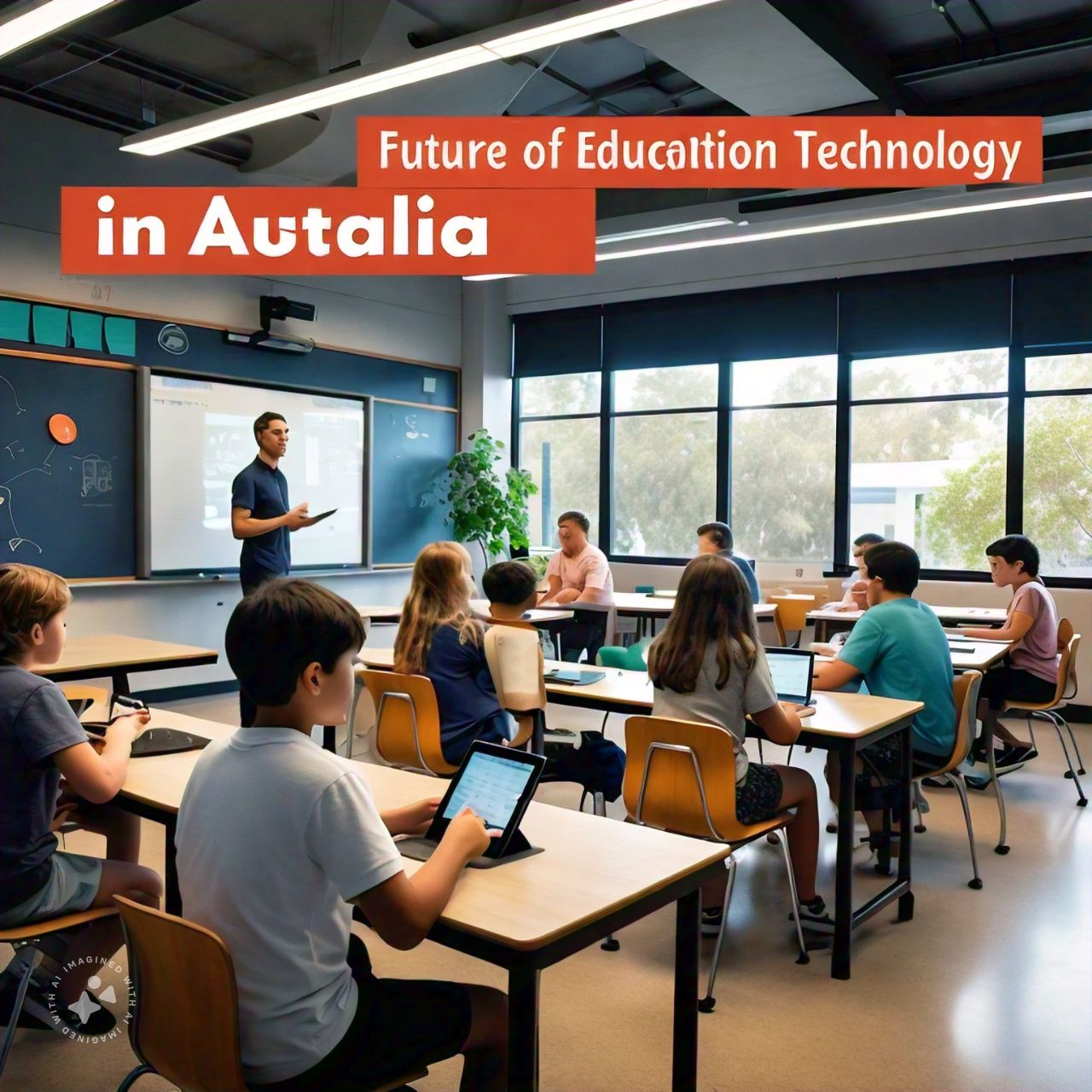

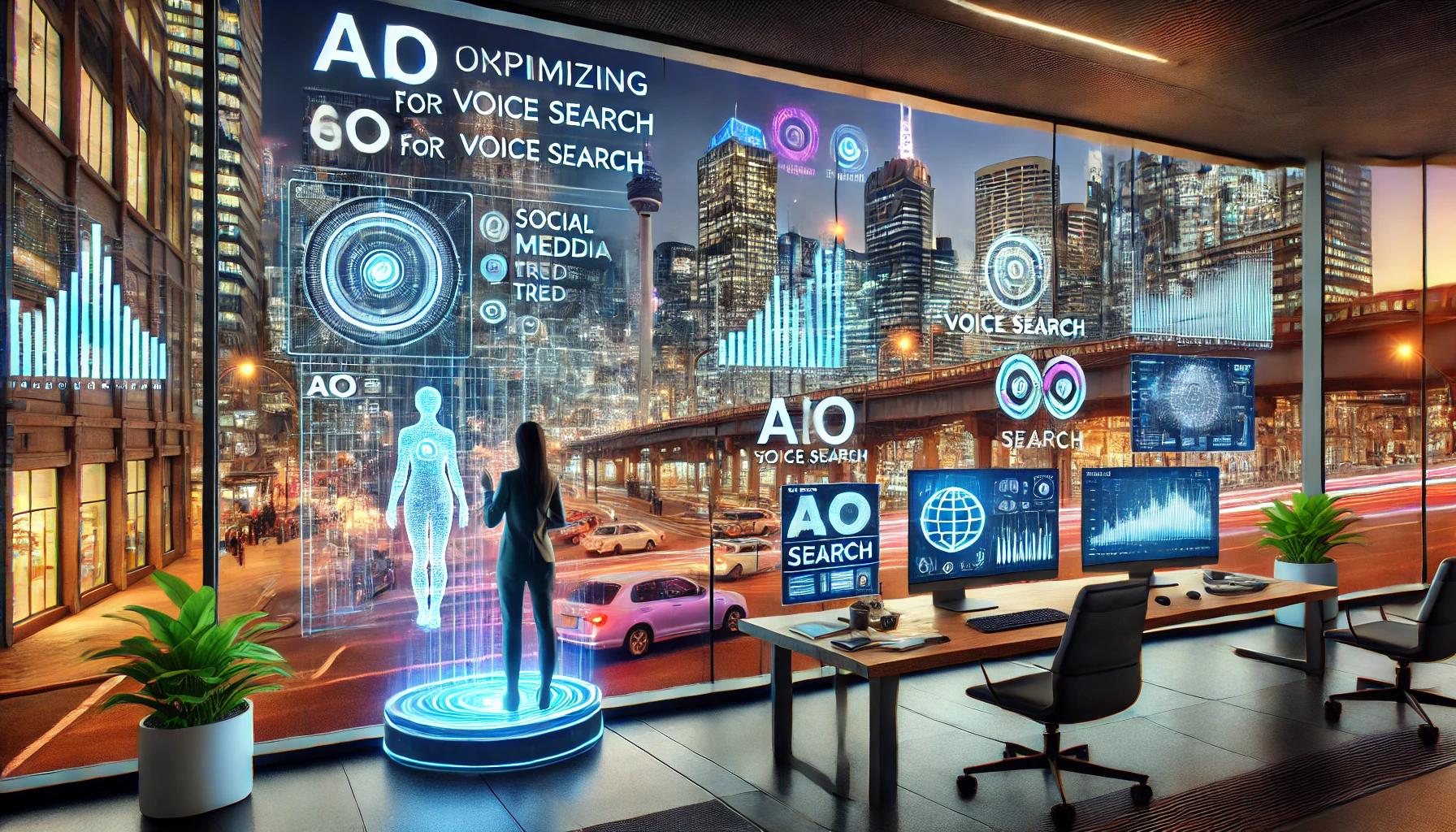







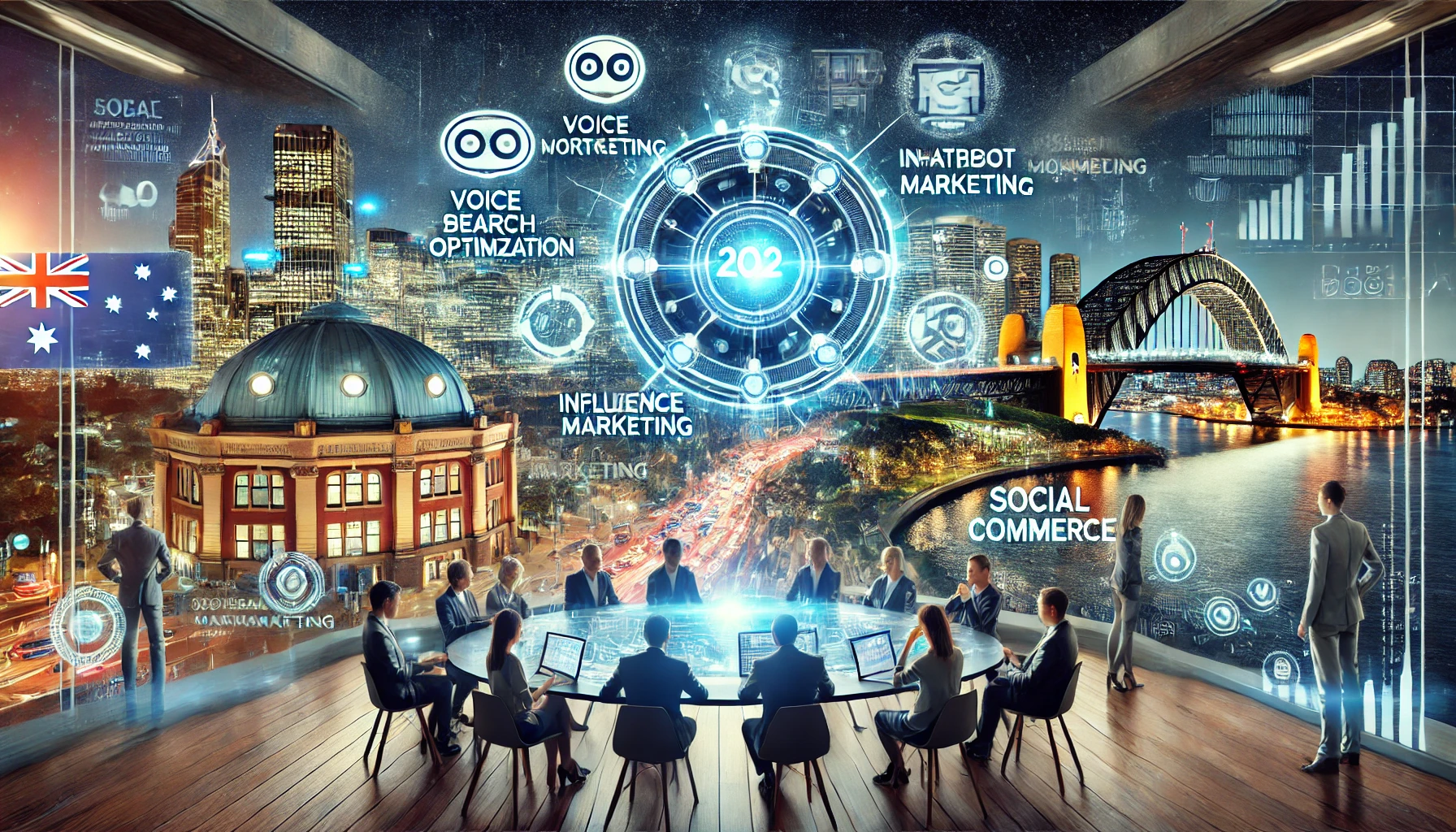

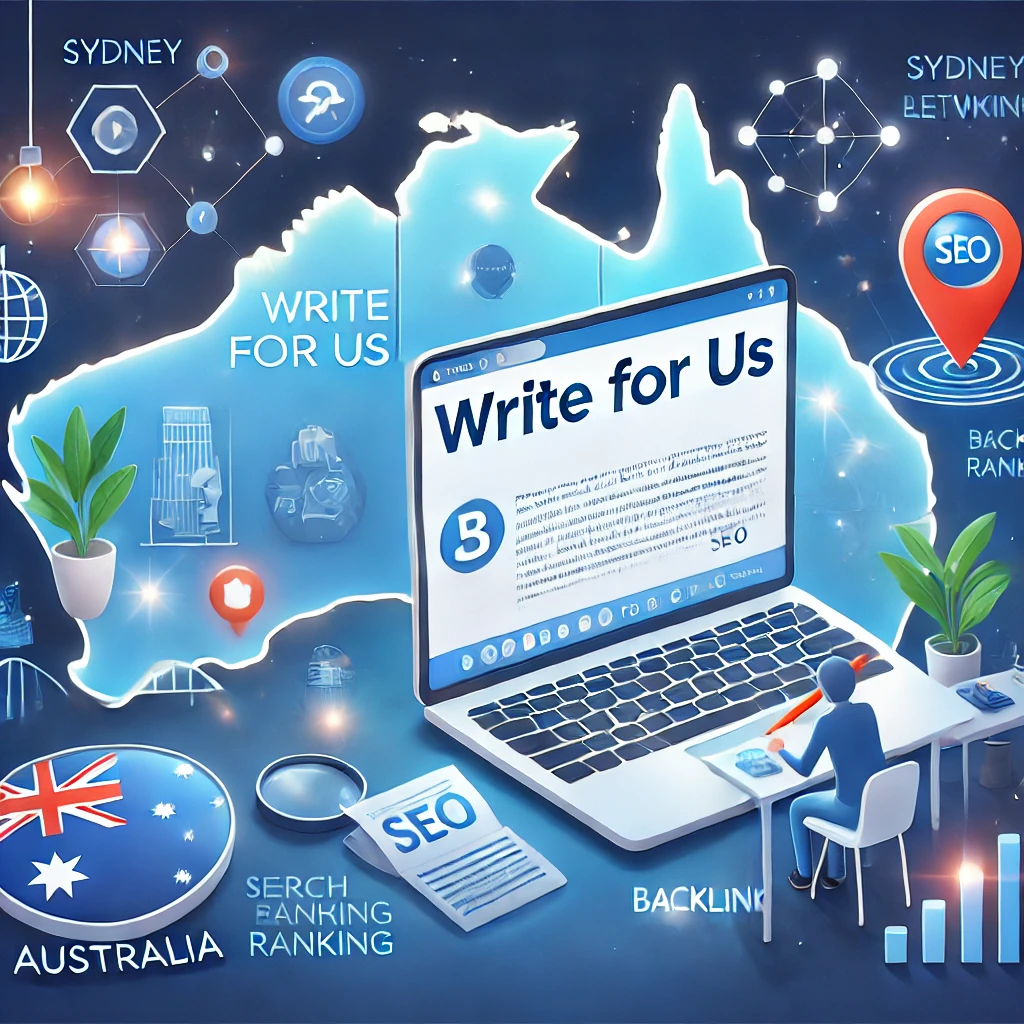







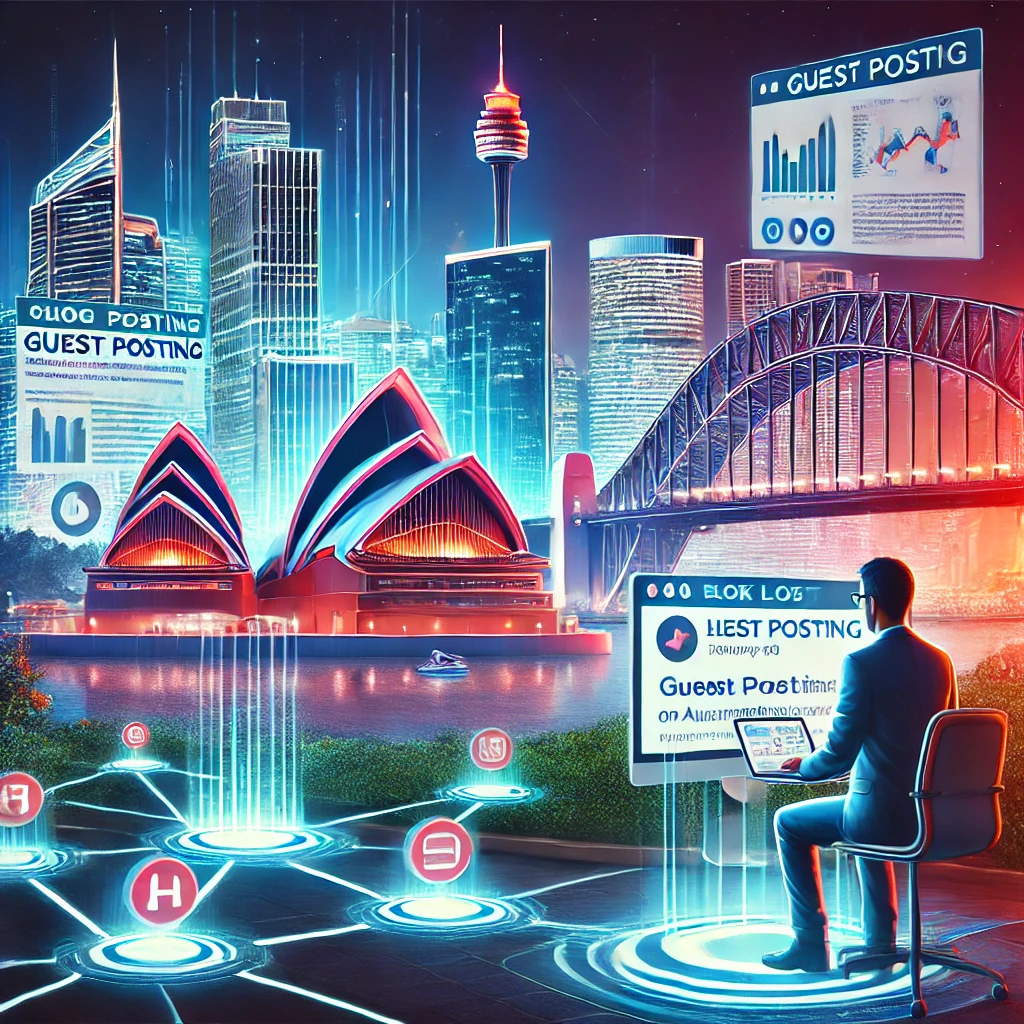



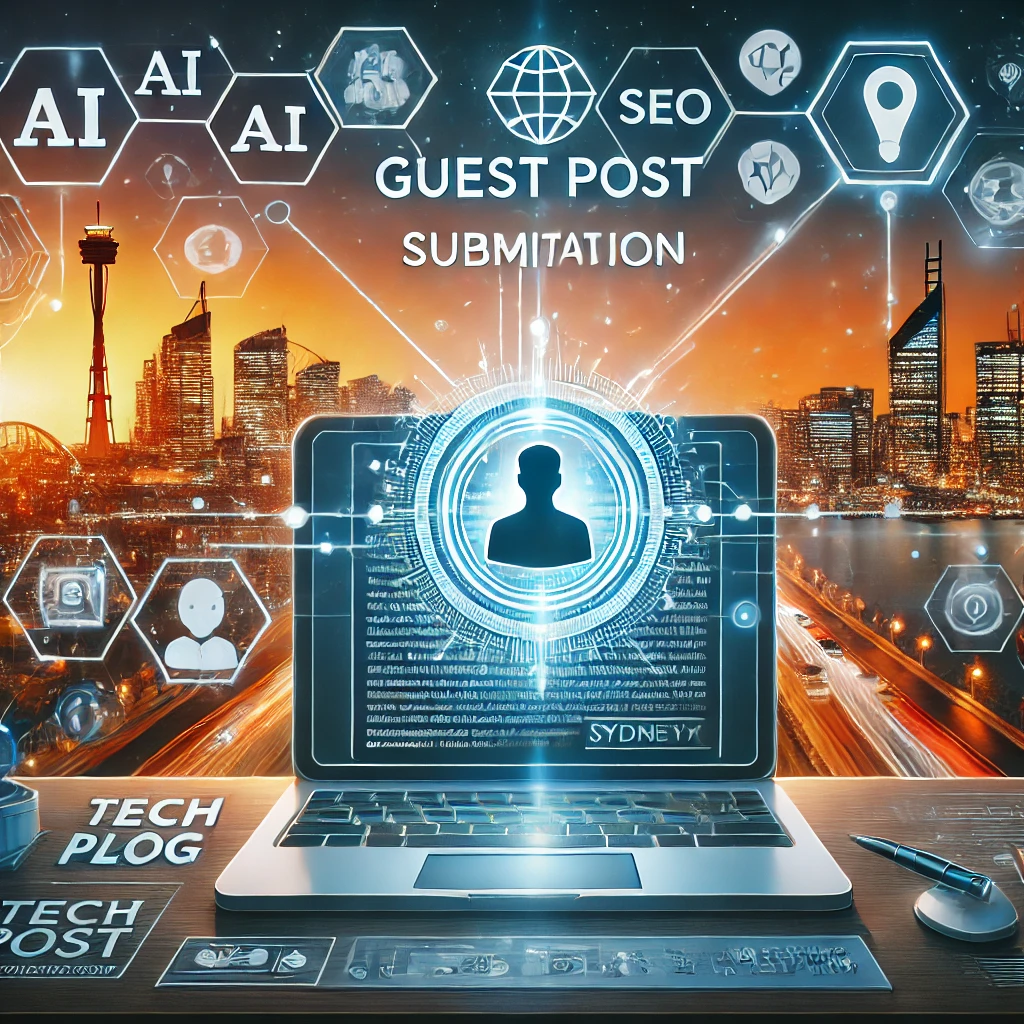



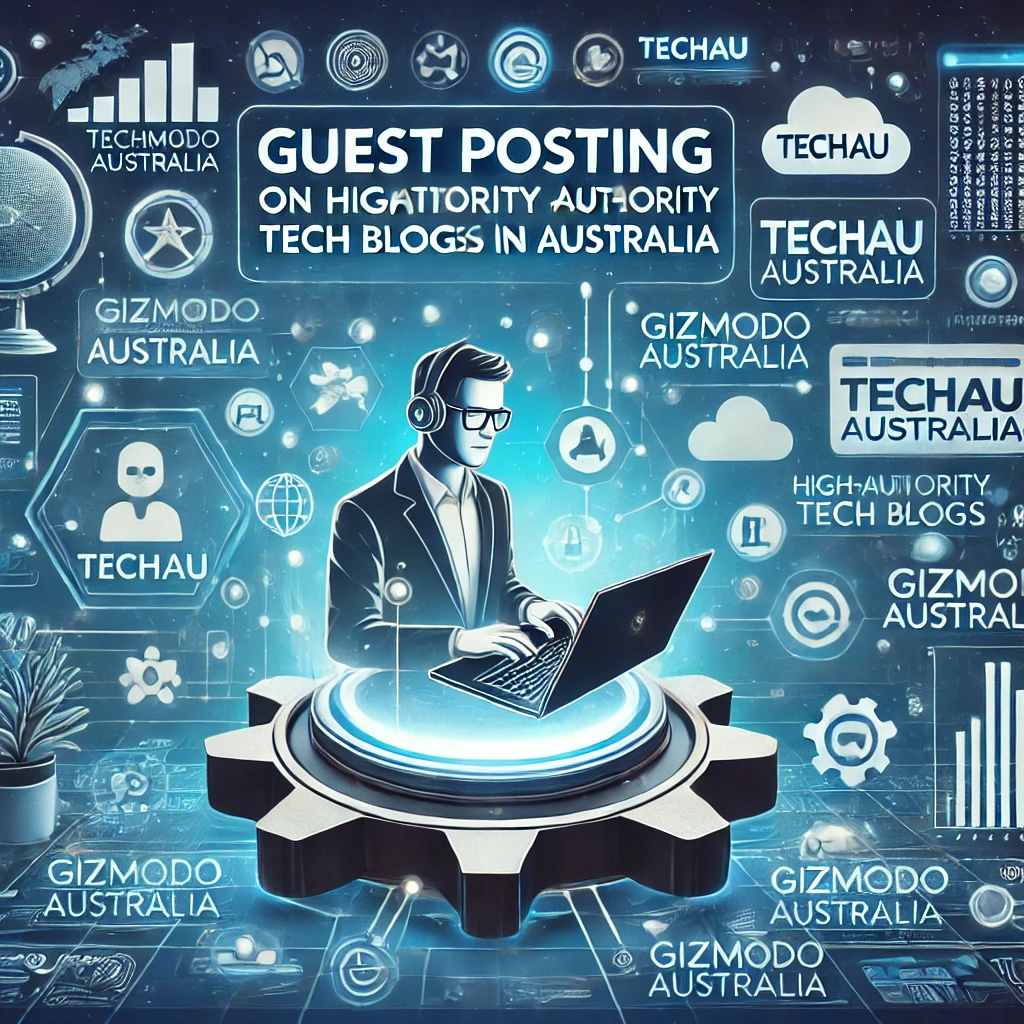






Leave a Reply